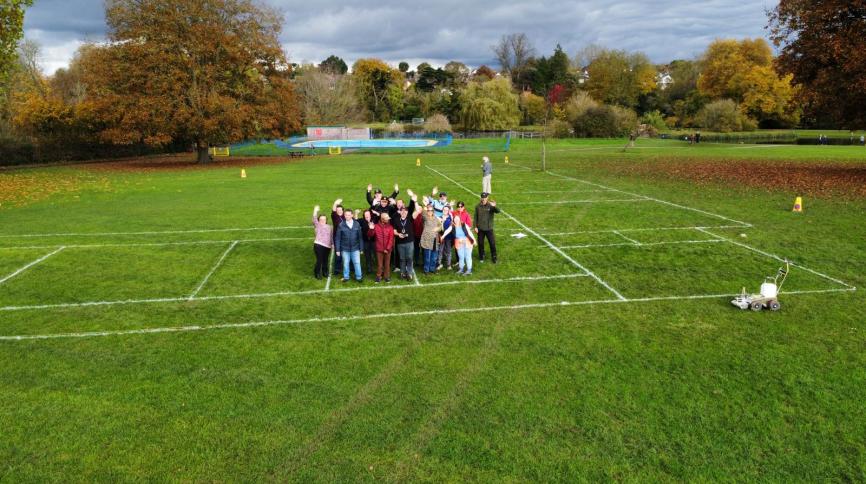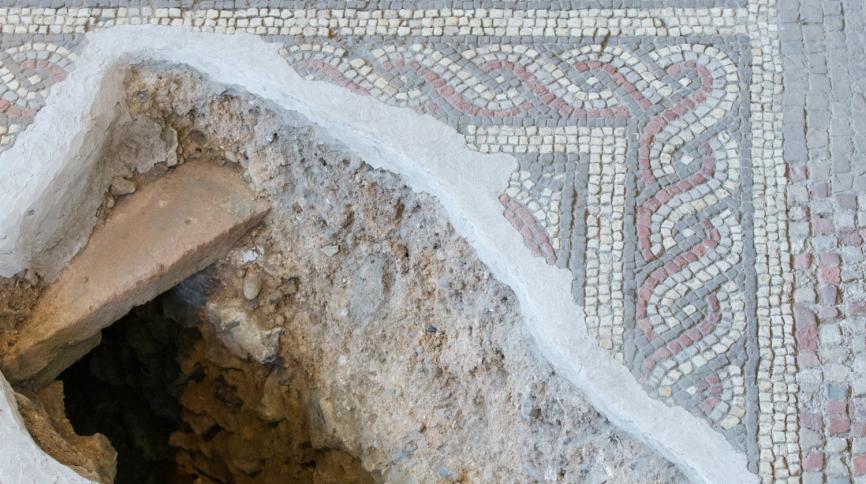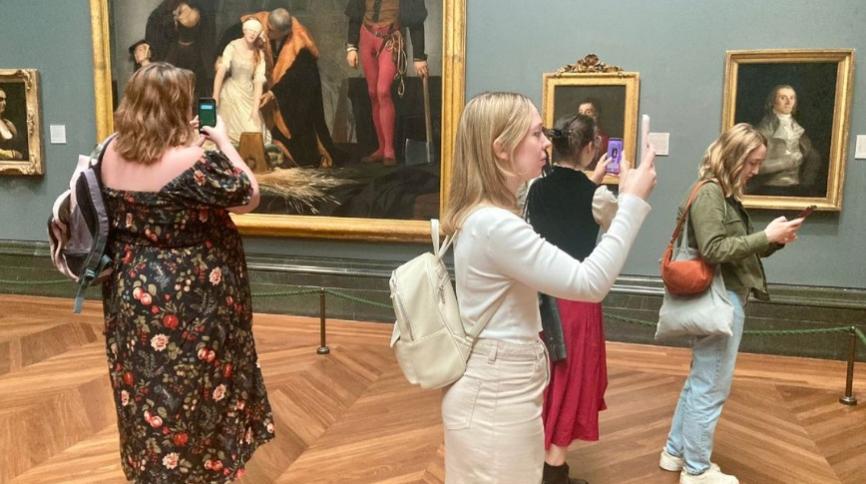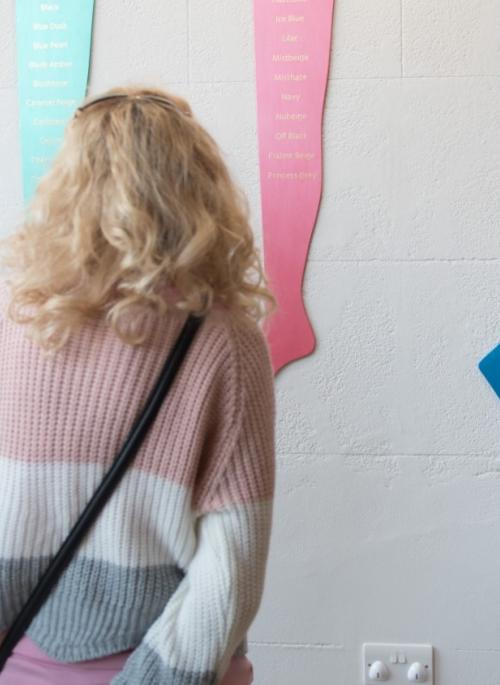Verulamium Park is a Scheduled Ancient Monument covering the Roman City of Verulamium.
Excavated in the 1930’s and 1950’s, with many of the artefacts on display in Verulamium Museum, the archaeological remains of the city are mostly protected beneath the ground. As such a significant site, we now study it through non-intrusive methods such as Geophysics and LiDAR surveys, and only excavate when absolutely necessary. But we all want to see more…
As part of our Arts Council funding we are working on a Digitising Verulamium Park Project to engage park visitors with the historic significance of where they are whilst directly relating this to our collections at Verulamium Museum, our open Hypocaust building, and the visible remains of the Roman city of Verulamium.
Park Surveys
As part of our research and development phase we have been getting out into the park to understand who are our visitors, why they are here, and how we can bring to life the history beneath their feet.
If you see our surveyors in the park please give them a few minutes of your time to help us with this vital stage of our research – you could also access the survey online - and let us know how you use the park.
3rd Century AD Roman town house outline
In October 2024 we worked with our community partner ‘Passport to Leisure’ to paint an outline of one of our known 3rd Century AD Roman town houses close to Inn on the Park to showcase how much is unknown to our regular visitors.
Did you know that remains of the Roman City of Verulamium exists beneath the park from the visible town walls and London Gate, all the way past the central Municipal buildings of the Forum and Basilica (in the grounds of St Michael’s Church), and through into the Gorhambury estate?
We had a great day outlining this building, producing content for our project, and showing visitors the scale of the city and the buildings that stood here! Watch out for more building outlines next year...

Hypocaust
We’ve also been testing some ideas in our free Hypocaust exhibit, asking our visitors how we can enhance our interpretation there with audio/visual tools. At the end of November 2024 we will be installing some new interactive tools at the Hypocaust building and look forward to seeing how our visitors react to this and will ask for feedback.

Research
Identifying what stories we want to tell and how to deliver them have been central to our research phase. Our team have also been busy visiting similar exhibits and talking with museum and digital content professionals across the country and beyond, including colleagues at the British Museum, The National Portrait Gallery, Glastonbury Abbey, the RAF Museum, and Trimontium Museum.

Join our Focus Group
We are narrowing down our ideas and selecting our partners to move this project forward but can’t do this without help from you – would you want to join one of our focus groups helping us with our concepts and testing?
Please email your interest to Museum@stalbans.gov.uk with the subject line ‘Focus Groups’ and we’ll add you to the group and look forward to involving you in this exciting project.





